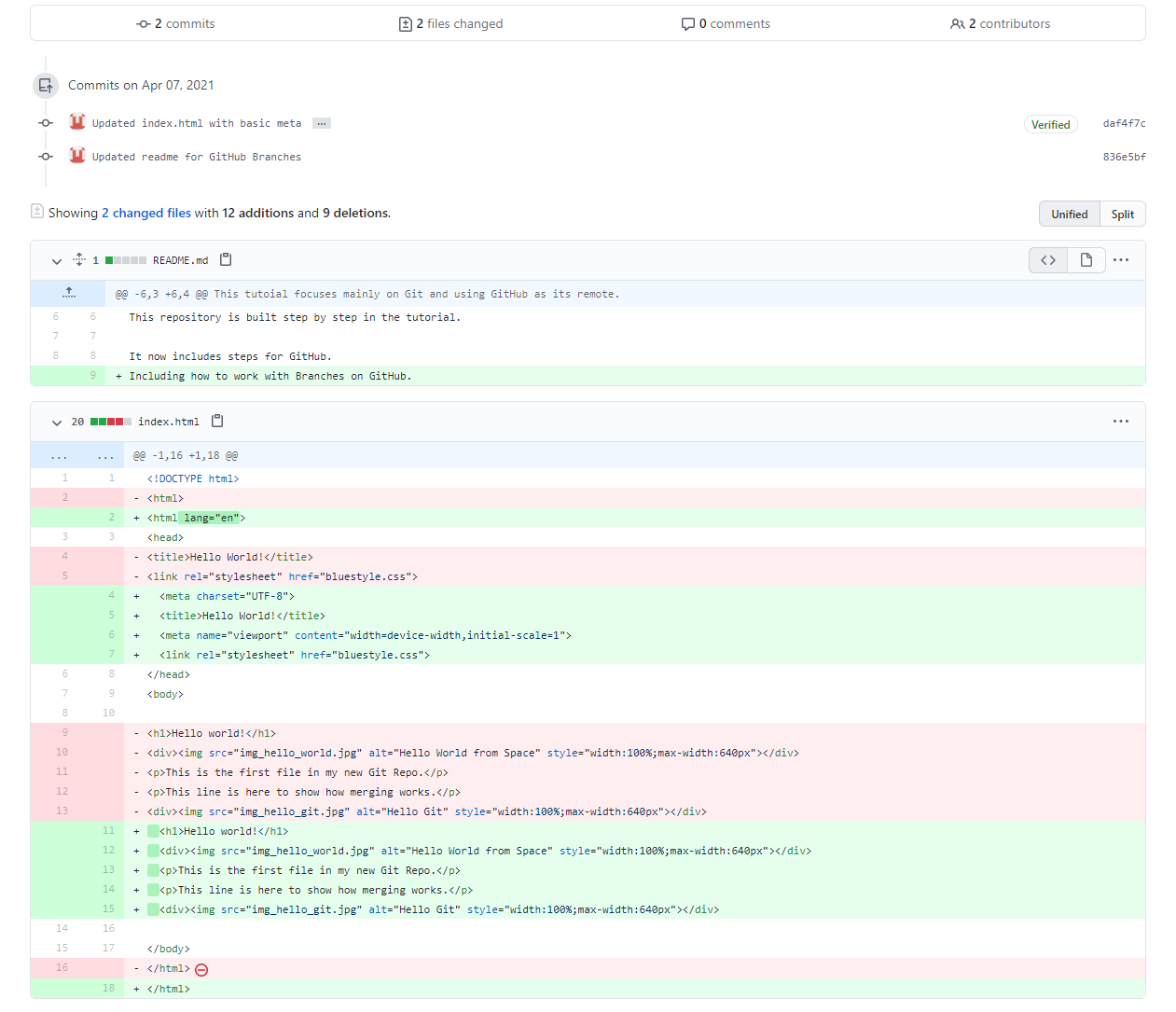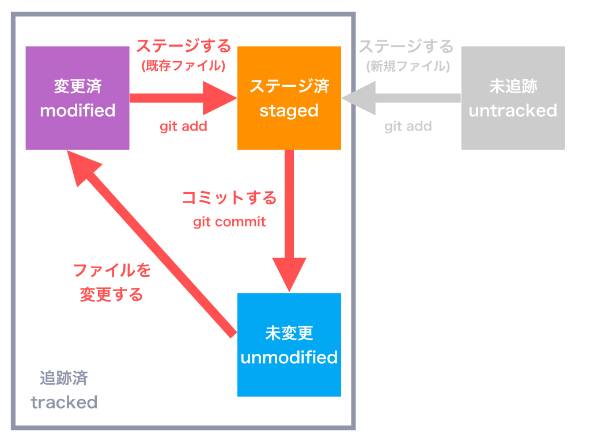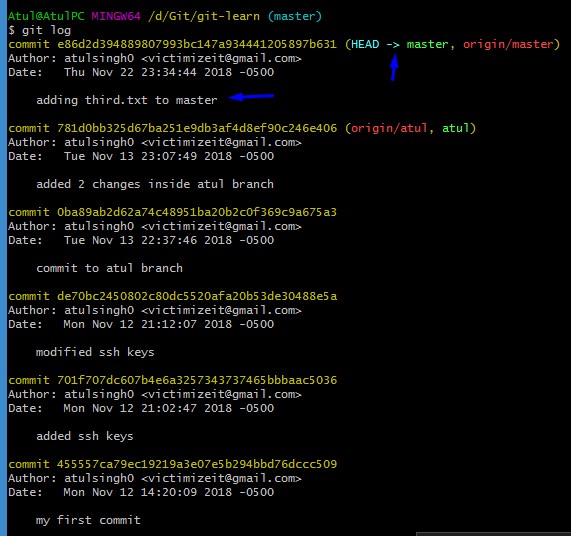

- UPDATE MY BRANCH WITH MASTER GIT UPDATE
- UPDATE MY BRANCH WITH MASTER GIT CODE
- UPDATE MY BRANCH WITH MASTER GIT LICENSE
Our good friend git checkout is the right tool for the job. To rebase a branch, checkout the branch and then rebase it on top of another branch. Note: git merge merges the specified branch into the currently active branch. Then we run the command git merge new-branch to merge the new feature into the master branch. First we run git checkout master to change the active branch back to the master branch.
UPDATE MY BRANCH WITH MASTER GIT CODE
The simplest thing that could possibly workĪs it turns out, we’re trying too hard. Once the feature is complete, the branch can be merged back into the main code branch.
UPDATE MY BRANCH WITH MASTER GIT LICENSE
Maybe, but I think we might have our Git license revoked if we resort to such a hack.
UPDATE MY BRANCH WITH MASTER GIT UPDATE
For less experienced: git checkout master git pull to update the latest master state git merge develop to merge branch to master git push origin master push current HEAD to master. Step 1: Stash your local working branch changes Step 2: Update your local master branch with remote Step 3: Merge local working branch with master branch.
When in doubt, pull out the brute force approach? Surely we can just check out the feature branch, copy the files we need to a directory outside the repo, checkout the master branch, and then paste the files back in place. General format: git pushBut we want to be done with this task in ten seconds, not ten minutes. Maybe we can just merge the whole branch using -squash, keep the files we want, and throw away the rest. You’re thinking of git add -interactive (which won’t work for our purposes either). We could hunt down the last commit to each of these files and feed that information to git cherry-pick, but that still seems like more work than ought to be necessary. We just want to grab these files in their current state in the feature branch and drop them into the master branch. We don’t want to have to track down all the commits related to these files. git cherry-pick wants to merge a commit - not a file - from one branch into another branch.

The team has made numerous commits to the files in question. Isn’t this exactly what git cherry-pick is made for? Not so fast. This seems like it should be a simple enough task, so we start rummaging through our Git toolbox looking for just the right instrument. The code you need to grab is isolated to a handful of files, and those files don’t yet exist in the master branch. (For this example, we’ll assume mainline development occurs in the master branch.) You’re not ready to merge the entire feature branch into master just yet. Something comes up, and you need to add some of the code from that branch back into your mainline development branch.

They’ve been working on the branch for several days now, and they’ve been committing changes every hour or so. The latter works to fetch code from a remote repository.Part of your team is hard at work developing a new feature in another branch.

Git checkout should not be confused with the git clone command. It also orders Git to record new the overall new commits on that branch. When you run the git checkout command it updates the files in your working directory to correspond with the version that is stored in the given branch. This command is primarily used for navigating between the created branches. You can also use it for merging multiple commits in one history. Primarily, the git branch command is used for combining two branches. It works along with the git checkout command for selecting the current branch and the git branch command with the -d option for deleting the obsolete target branch. The git merge command is used for integrating independent lines of development to a single branch. It doesn’t change your repository’s history. They represent a way of requesting a new working directory, staging area, and project history.Īny time you create a new branch, Git will make a new pointer. It makes your history clearer before merging it.īranches can be described as an isolated line of development. Generally, git branch helps you create, list, or delete branches.Įach new branch is created for encapsulating the changes when you wish to add new features or fix current bugs. No matter it's in the local git repository or the remote. Also, if you’ve previously pushed your feature branch to remote, then you need to force push to update it: git push origin feature -force However, if developers have checked out your feature branch, then I don’t recommend this method. The git branch command is a go-to command for managing all the aspects of your branches. Git commit # adding information to the message of the template merge The git branch Command Create branch with your feature: git checkout -b featurename Write code. Git merge -strategy=ours -no-commit master


 0 kommentar(er)
0 kommentar(er)
